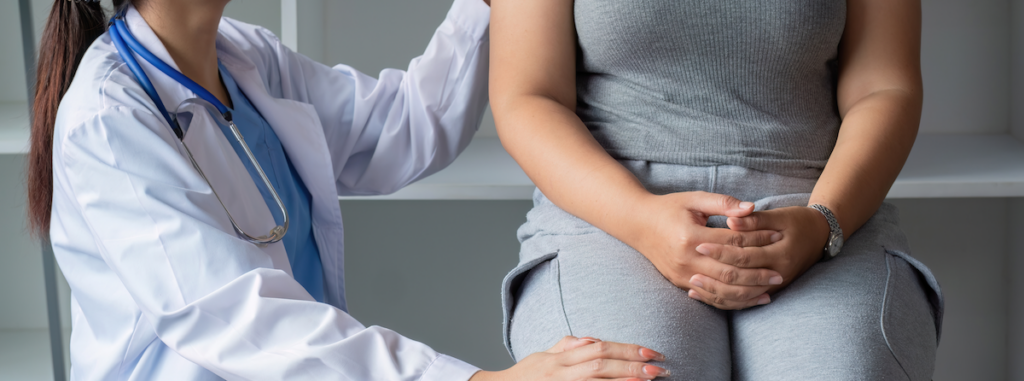Incontinence
St. George Urology & Body Sculpting
If you find you’re having occasional urinary incontinence issues, you’re not alone. It’s embarrassing, certainly, but it’s a common problem associated with getting older and certain other times such as after childbirth. It’s not, however, unavoidable or untreatable, and the doctors of St. George Urology in St. George, Utah can help stop your incidents of incontinence. Call or click to book an appointment today.

Effective treatment of urinary incontinence depends largely on the underlying cause of the condition. If there are behavioral causes, then bladder training techniques may be effective. Women who are pregnant or have given birth may benefit from pelvic floor exercises.
Some forms of urge incontinence respond well to one of several medications. Menopausal women may find that topical estrogen used on or in the vagina may be effective, though oral estrogen is not.
There are also medical devices and interventional therapies that may help, and, as a last resort, there are surgical treatments that can correct physical problems or introduce solutions for incontinence.
Incontinence isn’t a disease, but rather a symptom of other conditions. In some cases, it may simply be related to your diet, while in others, it’s a symptom that accompanies a disease or disorder.
Incontinence may be temporary and occasional, and typically that may be associated with food and drink or conditions such as constipation. Adjusting your diet or resolving your constipation may eliminate incontinence. Diet elements that may stimulate your bladder and increase urine volume include:
- Caffeine
- Alcohol
- Sparking water and carbonated soda
- Chili peppers
- Chocolate
- Citrus fruits or other large sources of vitamin C
- Artificial sweeteners
Some blood pressure and heart medications, muscle relaxants, and sedatives may also have a diuretic effect, boosting urine volume.
Persistent incontinence generally accompanies a condition or disease and may be with you as long as that condition exists. These issues include:
- Pregnancy and childbirth
- Aging effects on your bladder
- Menopause or hysterectomy
- Enlarged prostate or prostate cancer
- Obstructions, such as tumors or kidney stones
- Neurological disorders, such as Parkinson’s disease or stroke
Each of these incontinence types may exist on their own or in combination:
- Functional incontinence — an inability to respond promptly to a urination urge, through limited mobility, for example
- Overflow incontinence — typically dribbling due to your bladder not emptying completely
- Stress incontinence — related to pressure on your bladder, such as from sneezing, laughing, coughing, or heavy lifting
- Urge incontinence — usually a sudden and intense urge to urinate that can’t be controlled
